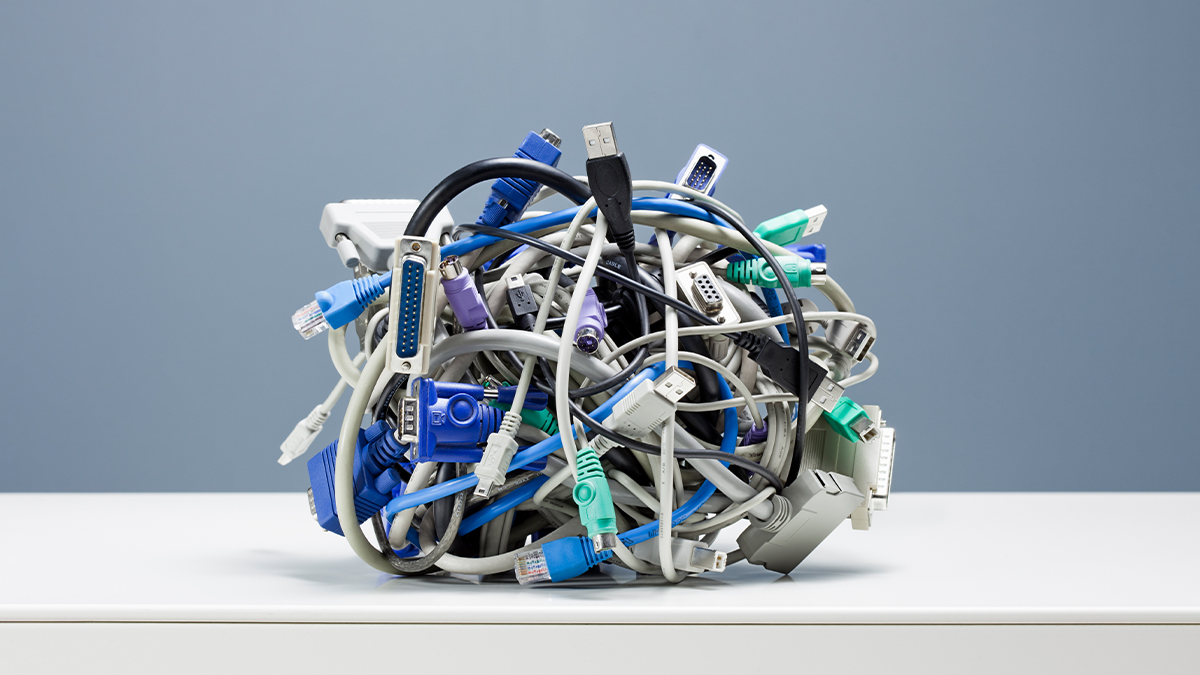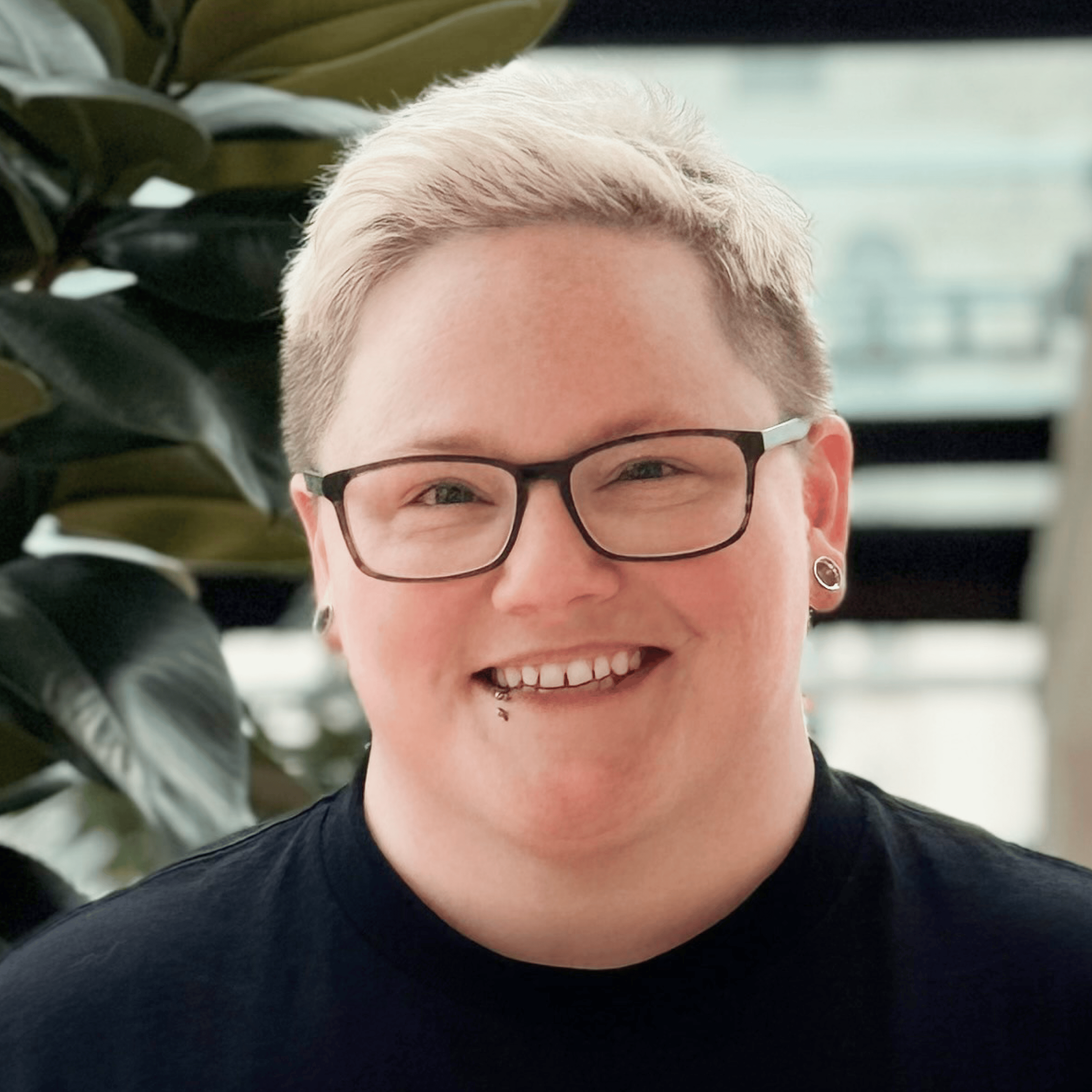Any business owner and manager knows that change is necessary in order to remain competitive and sustainable, but what they often overlook is how workflows can be optimized to keep the business running lean. Here are three workflow optimization methods to get your workflows looking lean in 2020.
1) Identify Productivity Blockers
The first step to workflow optimization of any company is to identify productivity blockers and bottlenecks. Though these may seem like the same thing, understanding the difference between the two is crucial to achieving lean workflows.
Productivity blockers are a disruption or hindrance to any workflow. This disruption may be in the form of multi-tasking that overstresses employees, strategies that cause a breakdown in company morale, or any other items that hinder the productivity of the organization as a whole. A productivity blocker is having one person perform the tasks of multiple people, regularly. The employee may be able to handle all of the tasks for a time; however, with time, this employee is going to feel overburdened — resulting in slower performance and decreased productivity.
Instead, bottlenecks are those items that cause requests to come in quicker than a response can be given. A bottleneck is like a production line that is overflowing with chocolates because there are not enough employees to box them in a timely manner. Each of the examples above would be improved by hiring new employees or implementing new technology to process part of the workload. However, these new employees would only solve part of the problem and only for a short time. The need for further improvement leads to the next step in the process, thinking lean.
2) Think Lean: Six Sigma & Workflow Automation
With new technologies available to help track productivity, analyze data, forecast future fluctuations, and define possible pitfalls, there is no reason for a business to fall into the chaos of old processes and disruptive workflows. To maintain forward motion, your team needs to implement a workflow that will detect these disruptions and correct them before they cause a system failure.
By introducing Six Sigma and workflow automation, you can identify and remove productivity blockers and bottlenecks. The Six Sigma system for process improvement includes five steps. First, define and measure your current processes and inefficiencies causing disruptions in your workflows. Analyze the data collected to make improvements. Lastly, develop strategies in the control process for future sustainability in your new workflow.
3) Keep Your Eyes on the Prize: Never Forget to Optimize
One final yet crucial element to remember when analyzing and contemplating lean workflows is to keep your eyes on the prize: Never forget to optimize! What does this all mean in the spectrum of your company and its new lean workflows? Your workflow is only as productive as the processes running it.
With new technologies come innovations like the partnering of Six Sigma and workflow automation. It is not enough to simply change your company’s workflow and let it run its course. You must carry it into the future by reevaluating and restructuring on a continual basis. This implement, work, reevaluate process allows your company to maintain a sustainable workflow — both now and into the future of your growing business.







